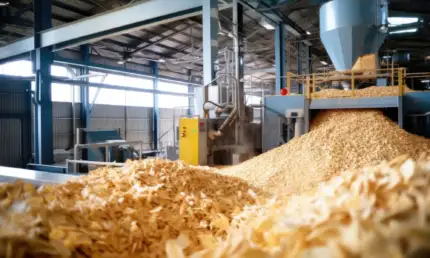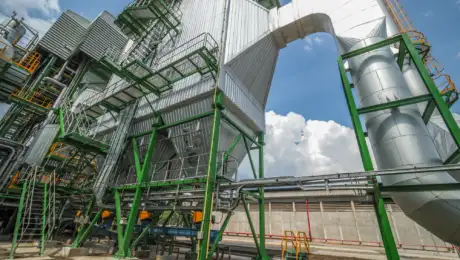
Maintain combustible dust at levels that prevent explosions in your facility.
The Lower Explosion Limit test aims to discover the lowest dust concentration that can be ignited.
LEL can be used in processes where the dust concentration is controllable such as in some types of dryers and pneumatic transport systems. It is also an important parameter when performing the hazardous area classification of a facility.
The LEL represents the lower boundary where a flammable or combustible substance can form a potentially explosive mixture when combined with air.
Understanding the lowest dust concentration that can be ignited can help maintain dust concentrations below this threshold, preventing explosions in environments with controllable dust levels and establishing safe operating conditions.

Method
This test is performed based on EN 14034-3 2006: “Determination of explosion characteristics of dust clouds – Part 3: Determination of the lower explosion limit LEL of dust clouds”.
Varying sizes of dust samples are dispersed inside a 20-litre explosion apparatus and exposed to a 2kJ ignition source. We repeat the trial by varying the dust concentration inside the apparatus until the LEL is found.
FAQs
-
1Why is it important to know the LEL in industrial settings?
Knowing the LEL is crucial for safety in industrial settings where flammable substances are present. It helps in preventing explosions by establishing operational limits, implementing preventive measures, and ensuring compliance with safety regulations.
-
2How does LEL play support emergency response planning?
The LEL is essential for emergency response planning. In the event of accidental releases or spills of flammable substances, understanding the LEL helps emergency responders assess the potential for explosive atmospheres and take appropriate actions to ensure safety.
-
3How does knowledge of the LEL contribute to overall risk management in industrial processes?
Understanding the LEL allows industries to proactively manage the risks associated with flammable substances. It supports the development of risk mitigation strategies, including identifying ignition sources, improving ventilation, and setting operational guidelines to minimize the risk of explosions.





